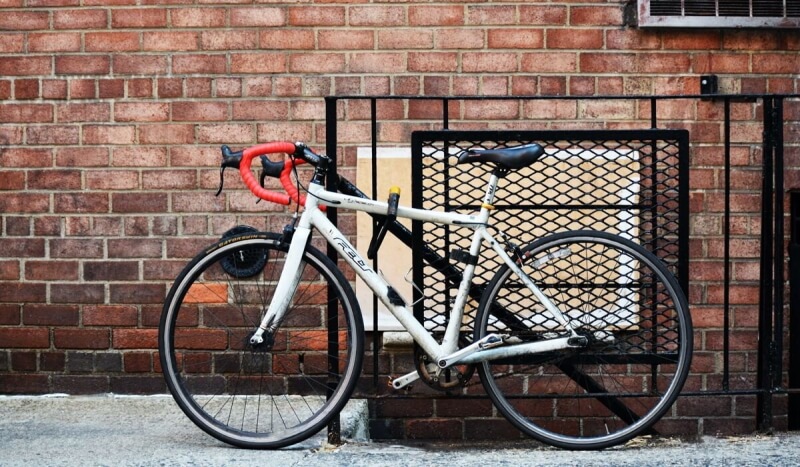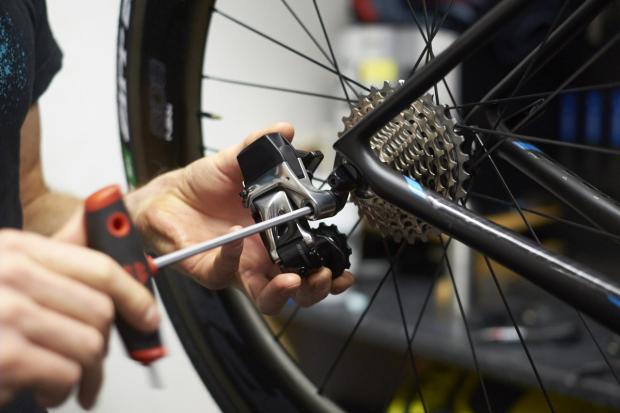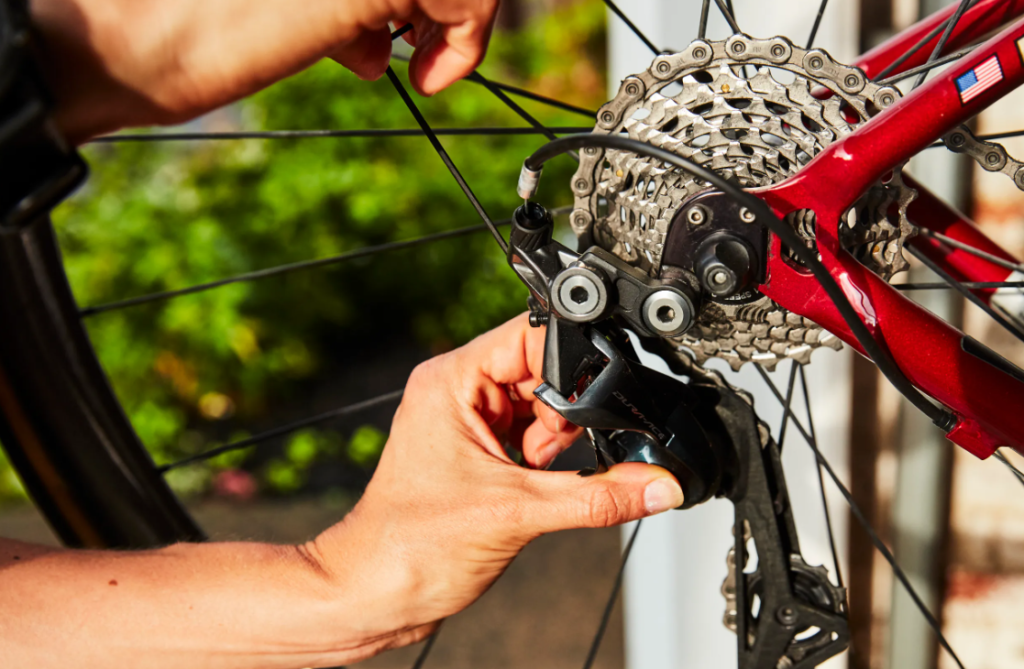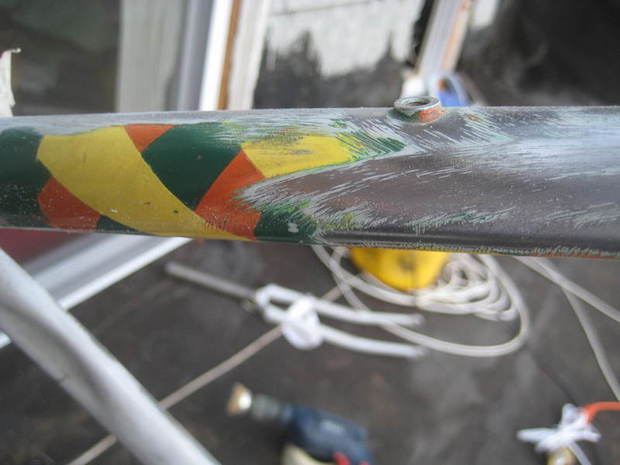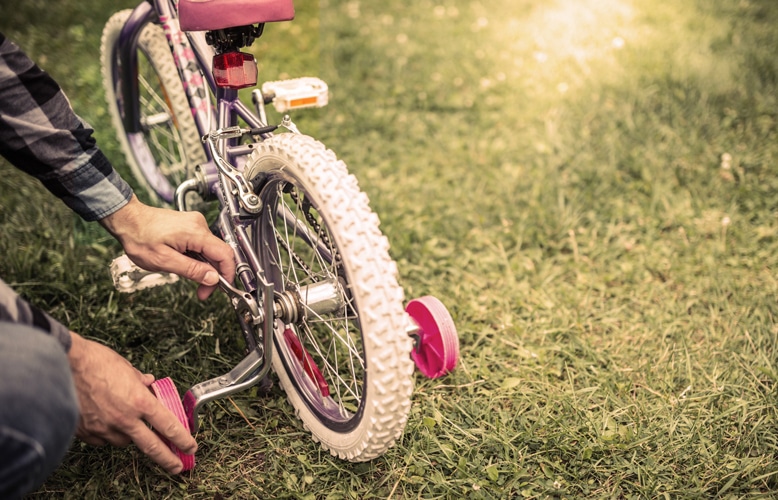- Trails
-
Bikes
-
Gear
-
Tips & Tricks
-
About us


One of the more common bike maintenance tasks for cyclists is tightening the wheel spokes. They might look like frail wire structures on your wheel, but they are placed there for a purpose: to keep the wheel straight.
Whenever these spokes come loose, it means a curved wheel, reduced rider safety, potential damage to the wheel and the rest of the bike, alongside a host of other problems. You may have to learn how to tighten bike spokes because, depending on circumstances, your closest bike repair shop may not always be there to bail you out.
Additionally, tightening bike spokes is a relatively simple task that you can do at home or even on the road. Consequently, having the skill for it may come in handy whenever you’re out on the trails. Furthermore, it should help you save money you would otherwise have spent at the bike repair shop. Now let’s take a closer look at the process of bicycle spoke adjustment.
So how to fix spokes on a bike? Like other maintenance and bike tune-up processes, tightening spokes requires tools and, of course, you can’t tighten spokes without tools, the most important of which is a spoke wrench (or bicycle spoke tightener). In fact, you can make do with only a spoke wrench if necessary, and the good news is they fit even in small pockets. As such, including one of these in your cycling accessories bag shouldn’t be a problem.
A truing stand can also make your work a lot easier. By definition, truing is bringing an object back to the required position or shape, and as we mentioned above, loose spokes lead to curved wheels. A truing stand helps locate the spokes that need tightening and can help straighten the wheel.
Users recommend the Park Tool Professional Truing Stand as it accepts most wheel sizes up to 29” and rim widths of up to 4”. Consequently, it should work for most types of road bikes, mountain bikes, BMX bikes, etc. Lastly, you’ll need tape for marking loose spokes.
After you’ve prepared the necessary tools, you still have a question “how to adjust spoke tension?” If you’ve got the tools and your bike, here’s the process for tightening the bike spokes. Notably, this process works for all different types of bikes, so if you’re wondering how to tighten spokes on women’s mountain bikes, BMXs, recumbent bikes, or more, it should be covered below.
You’ll need to locate the loose spokes before you can tighten them. For this, you’ll need to flip your bike upside down so it’s resting on the handlebars and saddle. This will lift the wheel higher for easier access and visibility as you inspect the spokes of a bicycle wheel.
If you’re using a truing stand, you may have to remove the wheel from the bicycle. That said since most modern bikes come with quick-release caps removing the wheel should be a cakewalk.
There are a couple of ways to pull this off. If you own a mountain or road bike with disc brakes, you can turn the pedals to rotate the wheel and then watch the space between one brake pad and the rim. You’ll notice where the wheel is out of true since there will be a wobble that pushes the rim closer or further away from the brake pad.
Placing your thumb on the brake pad or chainstay for those who don’t have rim brakes also allows you to feel the sections of the rim that are out of true. Another option is to use a truing stand if you have one. You can watch the space between the calipers and the rim as you’re rotating the wheel.
Bike wheels consist of spokes on both the left and right sides of the hub. Additionally, the spokes on a bike are offset to the left and right sides of the rim as well. The tension on both the left and right-sided spokes needs to be optimally configured for the wheel to remain true.
If the left side spokes are loose, the tension in the right side spokes will pull the rim towards the right, and thus the wobble is likely to be to the right. Similarly, the wobble will be oriented to the left if the right side spokes are loose. Consequently, whenever you catch a wobble, the loose spoke is bound to be on the opposite side of the rim.
Another alternative for finding loose spokes is to put a pair of bike wheel spokes in between two of your fingers and squeeze. The loose ones bend a lot more easily and may even be shaky.
Notably, the two spokes in question should be on the same side, i.e., only squeeze together left-sided or right-sided spokes at a time. This is because of the tension difference between the left-side spokes and right-sided alternatives, especially for the back wheel. As such, if you were to squeeze together a right-sided and left-sided pair of spokes, there would definitely be a difference in the tension. However, this is by design, especially for rear bike tires.
That said, all left-sided spokes should have similar tension levels, and the same is true for all right-sided spokes on a bike. Remember to mark the loose spokes of a bicycle wheel with tape, so you know which ones need tightening.
Once all loose spokes have been identified, locate the spoke nipple on each. The spoke nipple Trusted Source Spoke nipple - Wikipedia A spoke nipple holds a bicycle wheel’s rim to each spoke. en.wikipedia.org is the small piece of metal that connects the spoke to the rim. Spoke nipples are threaded on the inside, and you should be able to tighten the connection by turning them clockwise as you’re looking at the nipple from above.
Unfortunately, if you’re looking for how to tighten bike spokes without a spoke wrench, it’s not possible. The spoke nipple is like a small nut, and by turning it clockwise, you increase the tension. If you turn it anti-clockwise, you reduce the tension. Reviewers recommend the Park Tool Spoke Wrench as it has proven dependable in use and is both nickel-plated and hardened for longevity.
Remember to get the right spoke wrench size for your wheels, as spoke nipples come in various sizes. Also, you should only use 1/4-turn revolutions to ensure you don’t increase the tension too fast.
Notably, according to the Exploratorium Trusted Source Science of Cycling: Bicycle Spokes | Exploratorium Even the earliest bicycles used spokes of one sort or another. In fact, even in ancient times many chariots and animal-drawn carts used spokes. www.exploratorium.edu , spokes are made from steel, aluminum, ceramics, or carbon composite. Despite some of these materials being fairly durable, if you tighten the tension too much and too fast, you risk damaging the spokes and the wheel in general.
Check whether the wheel is true after tightening the spokes using any of the aforementioned methods. There should be sufficient tension on the spokes as well. Also, you may be provided with a spoke tension chart by your rim manufacturer if you contact them. While it can be useful in ensuring the tension is as recommended, you would need other specialized gear such as a spoke tension meter which you may not always have.
That said, a state where the wheel is perfectly true is almost unachievable if you don’t have precise tools such as the tension meter. However, if you can tighten the bike wheel spokes enough for the wheel to be fairly straight, in addition to having some clearance between the tire and other parts of the bike, you should be good to go.
Ultimately, knowing how to tighten bike spokes should be an asset for any avid rider. It could come in handy whenever the loose tension in your bike spokes starts to become a problem. As shown above, it’s not an exercise that needs a lot of specialized tools to pull off. In fact, you can make do with just a spoke wrench and your bike while on the trail. Now that you know how to adjust the spokes on a bicycle wheel, we wish you exciting rides without accidents.
